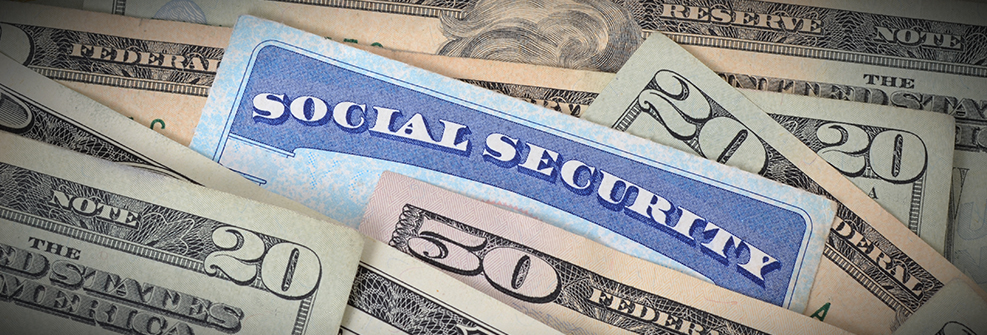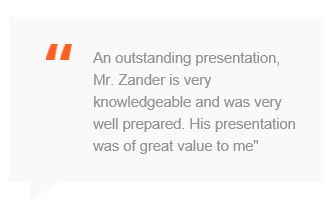
Does it make sense to delay claiming Social Security when we have inflation at 40 year highs?
That question has come up several times in the past couple of weeks and bears exploring. In a nut shell the answer is YES, it is even more important that we delay claiming, especially for the higher earning spouse!
Social Security Benefit Calculation
SSA takes the highest 35 years of earnings, indexes it to inflation (CPI – W) up until one’s 60th birthday and that determines one’s AIME (Adjusted Indexed Monthly Earnings). The AIME is then used to calculate the PIA (Projected Index Amount) which is your check at FRA (Full Retirement Age). In running a Social Security benefit calculation everything is based upon the PIA which is FRA check. Now the FRA is different based upon the year you are born. If you are born prior to 1955 your FRA is age 66, if your born in 1960 or later your FRA is age 67. If you are born in 1955 – 1959 you add 2 months to the year you were born, so if you are born in 1957 your FRA is 66 & 6 months.
Carrot or the Stick
Now as we all know one can claim Social Security benefits as early as age 62 assuming you are no longer working or your earned income is less than $19,560 per year due to the Earnings Test (lose $1 for every $2 your earn in excess of $19,560). Here is the key, if you claim prior to FRA you are subject to a penalty until you reach your FRA if you delay until age 70 you will earn delayed credits of 8% per year between FRA and your 70th birthday. Should your FRA be age 67 and you decide to claim at 62 your lifetime penalty would be 30% of your FRA amount! If you wait until age 70 your FRA would be 124% of your PIA. Now this does not take into consideration COLA adjustments which one would receive if claiming or credited to one’s earnings record if they have not yet claimed benefits. Either way you get the COLA!
Inflation
Yesterday while attempting to play good golf, my playing partner Jim asked why would one delay claiming Social Security if one is retired? Here is an easy answer, last year’s COLA was 5.9% so if your check was $2,000 per month, assuming you claimed at age 62 your check this year would be $2,118. If you had delayed until age 70 and your check would DOUBLE (see prior newsletters) your check would be $4,236. It’s projected that this year’s COLA could be as high as 9% thus your check in 2023 would be either $2,309 or $4,617 depending upon when you started claiming.
Real Life Example – Renee is 64 her FRA is 66 & 8 months, her PIA is $3,392
- With a 0% COLA her check at 70 is $4,297 per month
- With a 2% COLA her check at 70 is $4,838 per month
- With a 4% COLA her check at 70 is $5,436 per month
If she lives to age 95 (highly likely since her mother is 90)
The cumulative difference in monthly checks between claiming now or waiting until age 70 would be;
| 0% COLA | $ 20,409 |
| 2% COLA | $ 82,668 |
| 4% COLA | $ 174,486 |
The COLA has averaged 2.6% per year since 1975 when it was enacted. I run all my analysis assuming a 2% COLA. Over the past several years some folks said I was overly aggressive since COLA were relatively low from 2009 – 2020. One might say it was kept artificially low by the FED’s keeping interest rates way too low and too long after the recession of 2008 – 09.
Good News – Bad News
Yes, benefits are indexed to inflation and over a period of years in nice to see modest increases in one’s monthly checks, but for many retirees the increased benefits are not keeping up with the real cost of goods and services and they are struggling to get by.
Increased benefits have also meant increases in the amount of earnings subject to FICA taxes, in 2022 the maximum amount of earnings subject to FICA taxes is $147,000. In 2010 it was $106,800, in 2000 it was $76,200, in 1990 it was $51,300 and when I got out of college in 1975 it was $14,100. I guess the good news is they haven’t increased the tax rate since 1993 and currently stands at 12.4% (both employer and employee) OASDI program and another 2.9% for Medicare premiums (which are not capped at $147,000). A self employed individual earning $147,000 in 2022 will pay 15.3% or $22,491 in Employment Taxes.
Another negative is for those on Medicare, the premiums are also adjusted annually as well!
Investment Climate
The inflation rate and interest rates tend to mirror each other, so when retirees mentioned the good old days when CD’s paid 8 – 9% per year, inflation ran at those same rates. When I bought my 1st home back in the early 80’s a 30 year fixed mortgage was 13%. Another negative to rising interest rates is that when rates go up existing bonds in your portfolio head south. When I was at EF Hutton back in 1981 bonds that were bought at par $1,000 per bond were trading at $500 or a 50% loss should one decide to sell them at that time.
Rising interest rates also put pressure on stocks which could lead to corrections / Bear Markets.
Off the Cuff Advice
With Tax Rates at historically low levels, with a stock market quite high and due for a correction, with non-existent interest rates, I might take this as an opportunity to draw down on Qualified Plan accounts (Prior to RMD issues) pay the tax and use those dollars while delaying Social Security benefits or doing Roth Conversions.
Social Security Claiming – 3 Dimensional Chess
Many individuals have paid hundreds of thousands of dollars into Social Security over 30+ years of work, does it make sense to pay $250 for a personalized analysis to determine how best to claim benefits? The Social Security claiming decision is probably the biggest financial decision most American’s will ever make, there are no mulligans and the decisions could help or haunt one or one’s spouse for several decades. Remember the Carpenters Rule;
Measure Twice – Saw Once
Have a great month,


